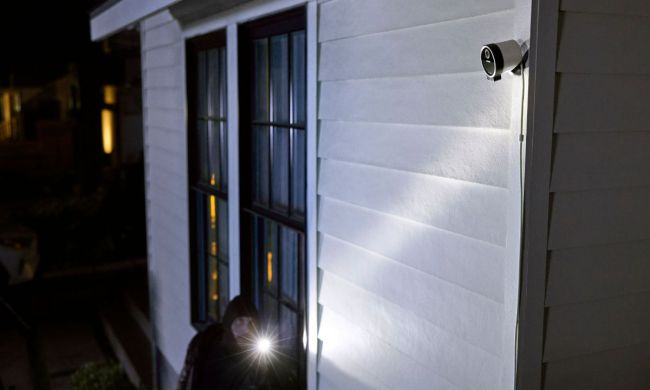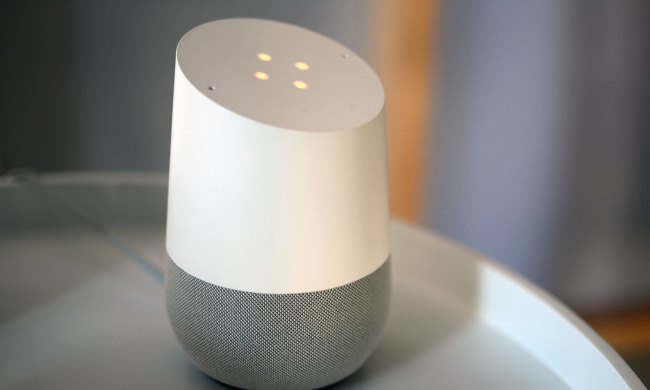Google Home is learning how to play nice with the other kids on the playground. Only when we say “kids,” we mean Bluetooth speakers, and when we say “playground,” we mean your home. That’s right, friends — Google has finally added a long-anticipated feature to its smart speaker, and it comes in the form of Bluetooth connectivity. Before now, you could only pair other Google Cast-enabled speaker into your broader network of Google Home devices. But now, you can pair your Google Home and the companion app with any other Bluetooth enabled speaker you’d like, which means that you can create a much wider network for your voice commands, songs, and more.
“We brought this feature to life after hearing how much you wanted to amp up the sound with your Google Home Mini,” Google Home product manager Surbhi Kaul wrote in a blog post. “Now any of your Google Home devices can connect to other Bluetooth speakers so you can control your entertainment experience simply using the sound of your voice.”
Making use of the new compatibility promises to be a breeze — you need only to pair a compatible Bluetooth speaker with your Google Home by opening your Google Home app, navigating your way to device settings, and following the pairing instructions. Then, just say, “Hey Google, shuffle my workout playlist” or “Hey Google, turn up the volume.” You’ll find that music begins playing automatically from your Bluetooth speaker, and you won’t even have to name the device.
This new feature certainly makes for more seamless multi-room audio. Whereas previously, you had to have a Google speaker in a room in order to broadcast music, a podcast, or any other audio, now there are no such limitations.
“These features work across the entire Home family,” Kaul continued. Of course, this newfound compatibility doesn’t mean that your Bluetooth speakers are suddenly smart speakers — you’ll still have to direct commands to your Google Home device. But any speaker can now serve as a proxy for delivering responses to your commands.
As Kaul concluded, “Together, Google Home and Bluetooth speakers make the perfect arrangement for amping up the music throughout your entire home.”


